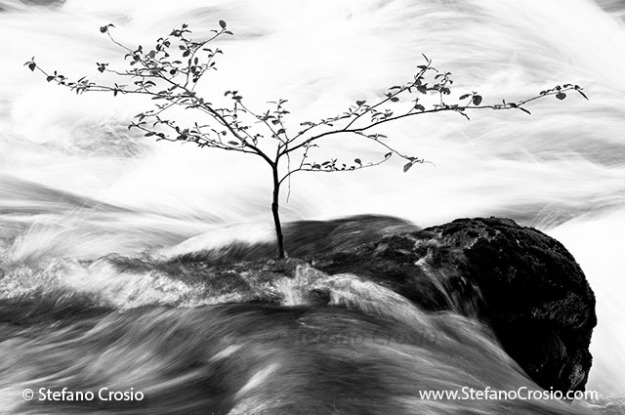 Last week I felt inspired by reading Anatoli’s wonderful accounts of his recent trip to Portugal on his excellent wine blog, Talk-A-Vino. Beside telling us all about the restaurants he dined at, he of course shared plenty of information about the wines he tasted over there, including of course Portugal’s world-famous fortified wine, Porto. And finally, today by total coincidence, he published a wonderful, extremely thorough post on Port, with all you need to know about it – had I known in advance, I would have spared myself the work to research and write an overview of Port altogether (see below)! 🙂 However, since by the time Anatoli published his post my Port write-up was all done already, I am going to publish it nonetheless, and then if you want to dig deeper into Port, please refer to Anatoli’s post of today!
Last week I felt inspired by reading Anatoli’s wonderful accounts of his recent trip to Portugal on his excellent wine blog, Talk-A-Vino. Beside telling us all about the restaurants he dined at, he of course shared plenty of information about the wines he tasted over there, including of course Portugal’s world-famous fortified wine, Porto. And finally, today by total coincidence, he published a wonderful, extremely thorough post on Port, with all you need to know about it – had I known in advance, I would have spared myself the work to research and write an overview of Port altogether (see below)! 🙂 However, since by the time Anatoli published his post my Port write-up was all done already, I am going to publish it nonetheless, and then if you want to dig deeper into Port, please refer to Anatoli’s post of today!
Anyway, in order to remotely taste my own share of Portugal, I enthusiastically accepted the invitation to participate in the 2011 Vintage Port Tour that was held in New York City last week to offer to the press and the trade a preview tasting of Vintage Port’s latest production from the prestigious collection of brands belonging to the Symington Family.
Quoting directly from the literature that was handed to participants at check in, “the Symingtons, of Scottish, English and Portuguese descent, have been Port producers for five generations since 1882”. The Symingtons own four historic Port brands: Graham’s, Cockburn’s, Dow’s and Warre’s, plus the other three brands Quinta do Vesuvio, Smith Woodhouse and Quinta de Roriz. All such seven brands were represented at the 2011 Vintage Port Tour.
According to the brochure we were provided, the brands controlled by the Symingtons account for over one third of all premium Port and, with 965 HA (2,385 acres) of vineyards, the family is the largest vineyard owner in the Douro Valley. Also, Dow’s 2007 Vintage Port is so far the only Port in the XXI century to have been awarded a perfect 100 point score by Wine Spectator.
Before getting to the chase and telling you which ones among the Ports that I tasted at the event impressed me most, let’s take a look at a few basic facts about Port.
As we said, Port is a fortified wine, which means a wine in which the regular alcoholic fermentation process gets interrupted about half way through the conversion of the grape sugars into alcohol, CO2 and heat by the addition of a neutral grape spirit (a grape brandy). Port is made from a blend of different grape varieties, that must be included in an official list of authorized grapes that was compiled by the Portuguese government in 1940. The main grape varieties that are used in the making of red Port are: Touriga Nacional, Touriga Franca, Tinta Roriz, Tinta Barroca and Tinto Cão.
Although at some point I will publish a post that explains the wine production process more in detail, here suffice it to say that one of the inhibitors of the yeast fermenting action is the presence in the must of alcohol in excess of about 16/17% VOL, which is why adding a spirit to a fermenting must blocks the fermentation process. The result of this addition is two-fold: on the one hand, it quite obviously increases the ABV of the resulting wine (generally, to about 19% to 21% VOL; hence the name “fortified wine”); on the other hand, by interrupting the conversion of grape sugars into alcohol, it leaves a considerable amount of residual sugar in the wine, which therefore tastes sweeter.
After being fortified, Port is moved into steel vats and/or oak or other wood casks for aging: depending on the intended type of Port, the aging process can be relatively short or even extremely long, with some of the finest Ports aging up to a century! After aging in casks, the wine gets bottled for consumption or for more in-bottle aging.
There are many different styles of Port, including White Port that is made from different, white-berried varieties. However, speaking of “regular” Port made from black-berried grape varieties, there are three main styles that are worth mentioning:
(i) Ruby: this is the most basic, simple style – it is a blend of different vintages that have aged for a relatively short period of time (generally, 3 to 6 years) in steel vats and/or wood casks and are meant for immediate consumption;
(ii) Tawny: this is a more complex, developed style of Port – it gets to age in wood casks for a very long time (essentially, 4 years or longer, with some Tawnies called Age-Designated that bear on the label an indication of how long they aged, ranging from 10 to 40 years), thus acquiring complex tertiary aromas and turning tawny in color due to the oxidation process induced by the lengthy in-cask aging;
(iii) Vintage Port: this is the king of Ports, which is made exclusively from grapes from a single vintage and only in the best years. After a minimum aging of 2 years in steel vats and/or wood casks, they are bottled unfiltered (which means that they will likely develop sediment in the bottle) and are meant for decades of in-bottle aging before being enjoyed at their best.
With all of this said, let’s now talk about my experience at the 2011 Vintage Port Tour.
The event was compact and well organized, with one table for each brand and each brand (except only Quinta de Roriz, which only had the 2011 vintage) offering for tasting both their own 2011 Vintage Port and an older vintage for comparison. In the exclusive interest of adequately covering the event, I got to taste *all* of the exhibited Vintage Ports: I know, when the going gets tough, the tough get going! 😉 Broadly speaking, all the Ports that were showcased at the event were very good, although some of them had a different style than others, clearly also because of the different aging of the older vintages made available for tasting.
Here below I will point out those that were my own personal favorites (with their approximate retail prices in the US) among the 13 Vintage Ports that I tasted, along with my tasting notes for each of them:
(1) 2011 Vintage:
– Quinta de Roriz (about $60): purple in color; intense and complex aromatic palette, with a bouquet of caramel, black cherry, rose, licorice, raspberry, black pepper and tobacco; sensuous in the mouth, with intense flavors of plum, raspberry, licorice, dark chocolate, fruit candy and vanilla; warm, smooth, well balanced and long. Rating: Spectacular, with Excellent QPR 
– Graham’s (about $90): purple in color; fairly complex bouquet (it needs aging to develop) of blackberry, black cherry, licorice and tobacco; wonderful in the mouth: intense, with excellent flavor-scent correspondence, plus additional flavors of dark chocolate and vanilla; warm, smooth, well balanced and very long. Rating: Outstanding 
– Dow’s (about $80): purple in color; fairly narrow aromatic palette (it needs aging to develop) with aromas of plum, blackberry and licorice; very good in the mouth, with flavors of licorice, dark chocolate and spirited black cherry; quite warm, super smooth, balanced and quite long. Rating: Good to Very Good 
– Smith Woodhouse (about $55): purple in color; fairly narrow bouquet (it needs aging to develop) of fruit candy, licorice, ethereal notes; good corresponding mouth flavors; warm, smooth, balanced and long. Rating: Good 
(2) Older Vintages:
– Quinta do Vesuvio 1994 (about $90): garnet in color; with a not very broad and yet elegant aromatic palette of wild berries, wild strawberries, violet and chocolate; but the little bit that it lacked on the nose was more than compensated on the palate, with intense and outstanding mouth flavors of raspberry jam, licorice, tobacco and dark chocolate; warm, smooth, balanced and long. Rating: Outstanding 
– Smith Woodhouse 2007 (about $55): purple in color; elegant and complex bouquet of black cherry, spirited wild cherry, raspberry, rose, tobacco, sandalwood and black pepper; wonderful in the mouth, with pleasing flavors of spirited wild cherry, dark chocolate, rhubarb, licorice and tobacco; warm, smooth and long. Rating: Outstanding, with Excellent QPR 
– Dow’s 1985 (about $95): garnet in color; intense, unique and complex bouquet very focused on tertiary aromas with tobacco, gunpowder, black pepper, raisin and a hint of wild cherries; intense, luscious mouth flavors of spirited raspberry and wild cherry, Amarena Fabbri (if you guys know what I am talking about!), licorice and dark chocolate; warm, smooth, well balanced and long. Rating: Outstanding 
– Graham’s 1980 (about $105): garnet in color with orange hints; to be honest, given its aging, I would have expected a broader aromatic palette: I picked up aromas of tobacco, black pepper, licorice, plum and wild cherry; very good and more expressive in the mouth, with flavors of raspberry candy, licorice, vanilla and spirited cherry; warm, smooth, balanced and long. Rating: Very Good 
– Cockburn’s 2000 (about $70): ruby in color with garnet hints; intense nose with a fairly narrow bouquet of cherry, strawberry, plum and licorice; in the mouth, sweeter than the others, with pleasing flavors of licorice, vanilla, cherry jam, dark chocolate and tobacco; warm, smooth, balanced and quite long. Rating: Very Good 
That’s all for today. As always, let me know how you liked it in case you happened to enjoy one of the Ports that I reviewed!
![]()
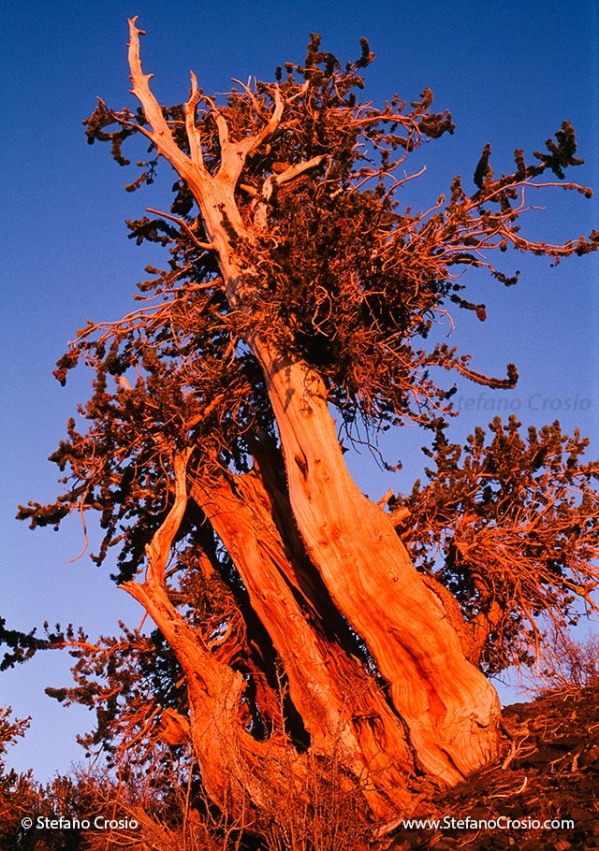


 $35). As I said in my disclaimer, my review will not be tainted by my personal relationship with the producer and will be as objective as a wine review can be. 🙂
$35). As I said in my disclaimer, my review will not be tainted by my personal relationship with the producer and will be as objective as a wine review can be. 🙂


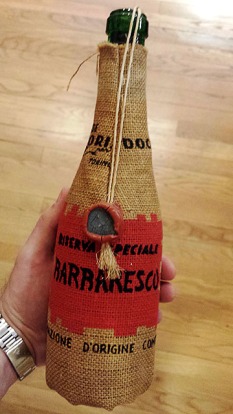

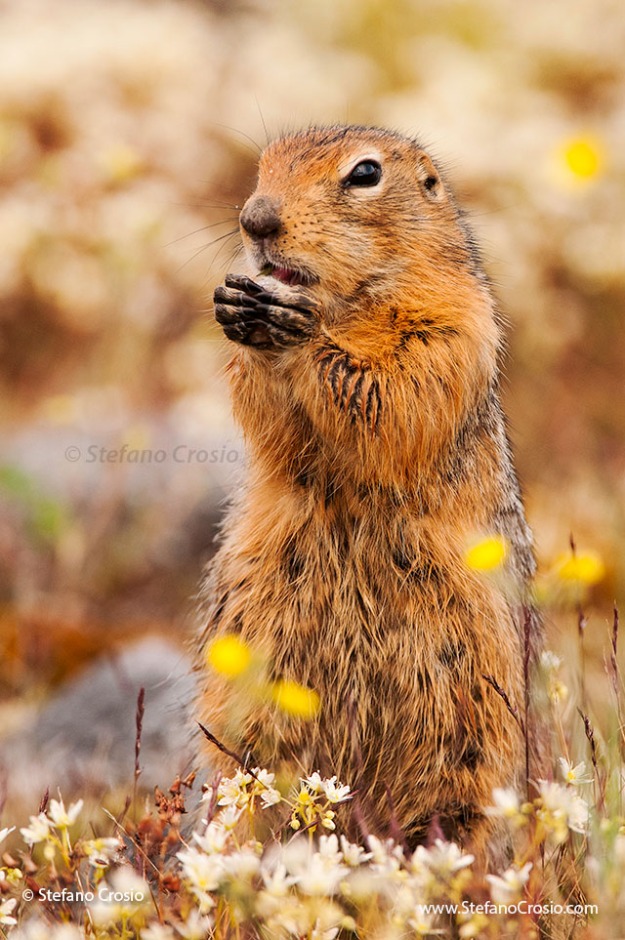
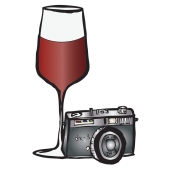
 Last week I felt inspired by reading Anatoli’s wonderful accounts of his
Last week I felt inspired by reading Anatoli’s wonderful accounts of his 


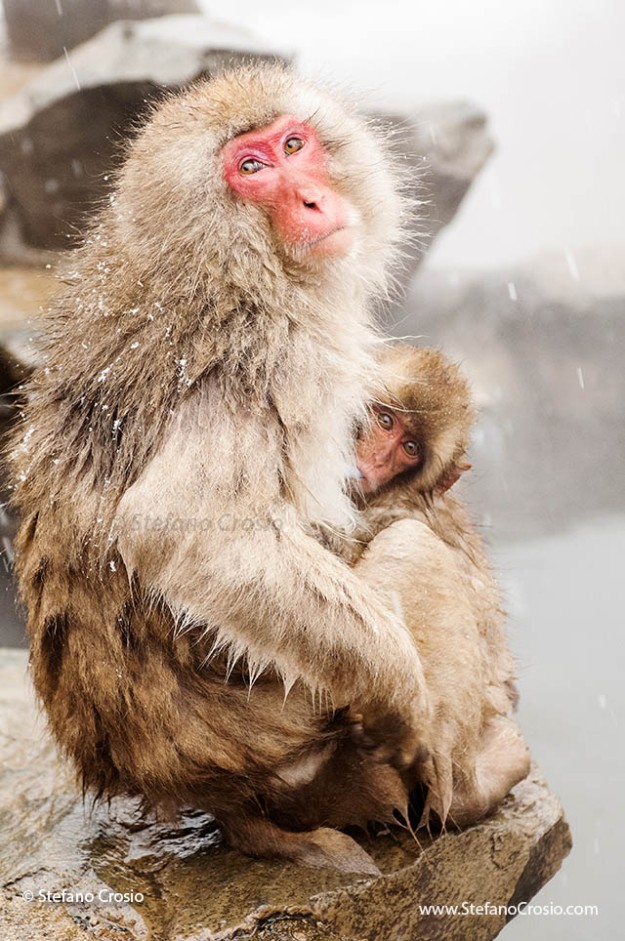
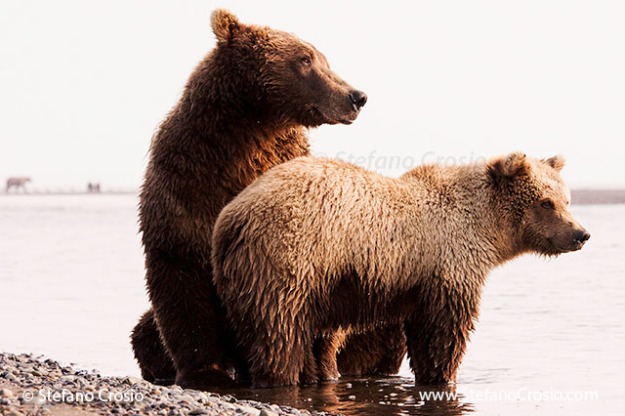



 The international press,
The international press, 
